Every home and backyard gardeners like to grow Peppers. These spicy vegetables as a must-have in every kitchen garden. Most importantly growing peppers is pretty easy. This plant only requires healthy soil, a lot of sunlight, and regular watering. These are the basics and are not so difficult to manage in a garden. But what about those who don’t have a garden, or who lives in an apartment. Can’t they grow a pepper plant? Umm! Yes, They can every garden enthusiast can grow pepper plants in containers. If you are not sure then keep reading, Today we are gonna discuss how to do that effectively.
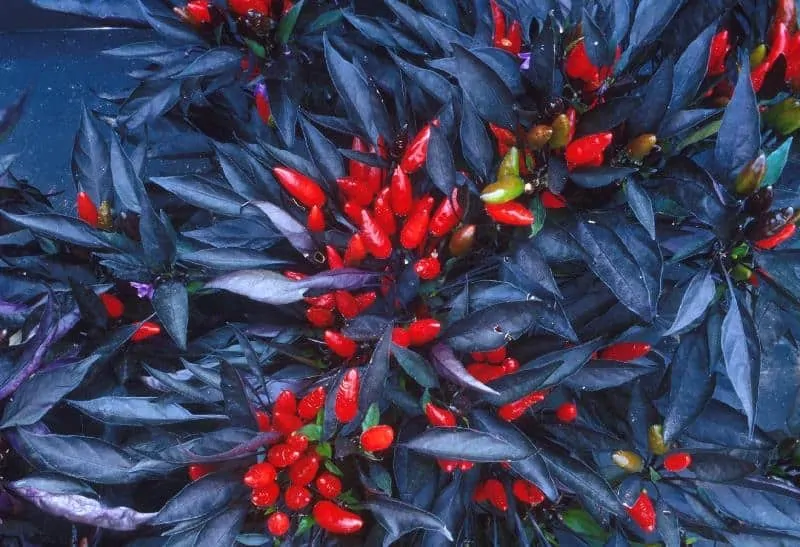
Check out my previous post: How to grow Chili Pepper plants faster from seeds
Is it easy to Grow Pepper Plants in Containers?
It is pretty easy to grow pepper plants in containers especially if you manage a few basic requirements. Pepper is a summer vegetable, so it will need a lot of sunlight.
The sunlight brings heat that can quickly drain the soil that is already less in pots. Therefore, you have to arrange proper irrigation. You may have to water these pepper plants once or even twice every day if the temperature exceeds 95-105 degrees Fahrenheit.
Lastly, the pepper plant is an ever fruiting plant. Once the plant is established properly in a container. It will continue fruiting until it dies. The plant will require a lot of nutrition for fruits. So the soil must have a high nutritional value. It should be light with good drainage for better root growth. It means you have to use a nutrition-rich good quality potting soil mix. Regular garden soil is not sufficient to grow pepper plants in containers. Although you can amend the soil with compost and other nutritional stuff.
Requirements of a Pepper Plant to Grow in Pots
You have to fulfill some requirements to grow pepper plants in pots or containers. Growing Pepper in a garden is quite easy compared to containers. It is so coz the plants in the garden can expand their roots to search for water and nutrients during a crisis. This is not possible in containers. The limited space for the roots bound their possibility to support the growth. Pepper plants in containers are entirely dependent on the gardener even for their basic needs. So if you want to grow peppers in a container then you have to fulfill all their requirements and of course in time.
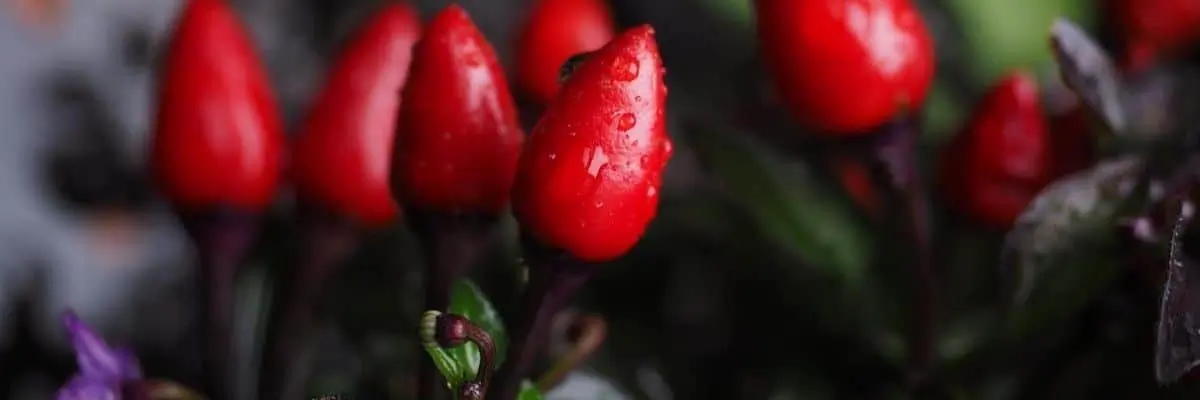
These requirements include-
- Growing Area i.e. A big Container.
- A healthy soil or potting mix. It should be better than regular garden soil.
- Regular water supply.
- Adequate Sunlight and Temperature.
- Periodic Fertilization of the soil.
You may think of these tasks as obvious. Indeed they are, though you have to be precise coz the plant is entirely dependent on your help. A healthy container full of potting mix to regular water supply and periodic fertilization, you have to deal with all of these in time.
What is the Right Container Size for a Pepper Plant?
It is always said-“Bigger is better” This is also true with pepper plants. A big container is always better to grow peppers.
The ideal container size for most pepper varieties is 8-10 inches. It should have a minimum depth of 8 inches. Although some dwarf pepper varieties can grow well in 6-inch containers. Still, I would suggest using a bigger container, not only for the plants but for your convenience.
Big containers can acquire more soil that provides more room for root growth. This extra soil helps to retain moisture and fertilizers for a long especially during hot summer days. Expanding the watering schedule can save you a lot of time. It is only possible with bigger containers.
Big 8 to 12-inch containers can also protect the pepper roots from roasting on hot summer days. Pepper plants can easily grow and produce fruits in small 6 inch containers. Though their survival rate is low during summer days especially due to frequent dehydration.
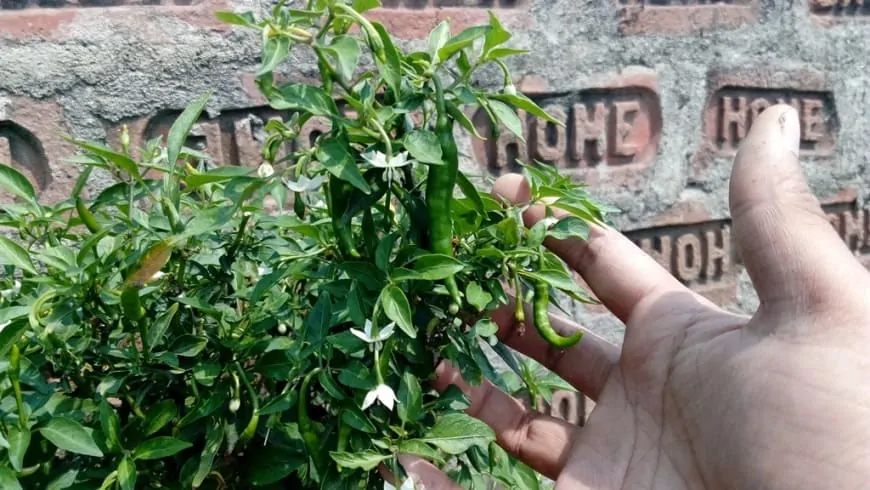
Check out: Are Bell Peppers Easy to Grow?-Kitchen Garden Facts
How deep do containers need to be for peppers?
A pot or container for any pepper variety should be 8-10 inches deep. A flat or wide container with only a 6-inch depth is also fine for pepper plants. It will only require frequent watering. You can simply amend the soil with extra compost and cocopeat to retain moisture.
In my experience, A 3 gallon grow bag is ideal for pepper plants early in the season. You should shift them to 5-10 gallon grow bags after 2 months. This gradual change of container size can ensure a better and stronger root system. Pepper plants in 5 gallons grow bag yield most every year in my terrace garden.
Sometimes I also use 6-8 inch small candy or snacks wrappers as temporary containers for the pepper plants. They usually start blooming in these small packets before transplant.
How many peppers can you grow in a container?
This question has two specific queries. First is the number of pepper plants per container and the second asks for the total yield.
If you have the first query then the answer is 1 or 2 plants max. That’s it. You should only plant 2 pepper seedlings per container. It will yield more if you go for only one pepper plant in each container.
We suggest growing two seedlings only to ensure the viability of at least one of them. You can thin out the weaker plant at later growth stages especially from small 8 inch containers. Thining will allow the other pepper plant to utilize 100% of the available resources. This will result in bigger better fruits.
Now if you want to know about the total yield per container. Then don’t waste your time, you can’t calculate this exactly. You can only rely on previous results and make estimations. A healthy pepper plant in a 10-inch container is expected to yield 2 to 3 kilograms of pepper in its entire life. Don’t get too excited, the reality is different. The total yield always differs with the variety and climatic conditions.
How many peppers can I put in a 5-gallon bucket?
You must grow a maximum of 2 pepper plants in a 5-gallon bucket. If you are planting a nursery-bought pepper seedling then only 1 healthy seedling is good for each container. Store-bought seedlings may have a higher survival rate than homegrown pepper seedlings. Although you must make sure they are healthy and free from diseases.
A 5-gallon container, grow bag, or bucket is sufficient for 2 pepper plants. You will need some healthy potting soi and a spot with direct sunlight. Don’t forget to check for drainage holes before planting peppers.
How long does it take to grow peppers in pots?
A healthy pepper seedling may take 75 to 90 days in a container to bloom. This timing may extend in cooler regions. Temperature and sunlight play a very important role in the maturity of a pepper plant. You should consider another 4 t0 8 weeks for the pepper seeds to germinate and be ready to transplant.
Pepper is a summer vegetable. It requires at least 6 hours of bright daylight with 70-80 degrees Fahrenheit temperature. If the amount of sunlight or temperature is low then the result will be unsatisfactory. In such conditions, the pepper plant may take more than 120 days to bloom. Even after this much delay, the yield will be much lower than expected.
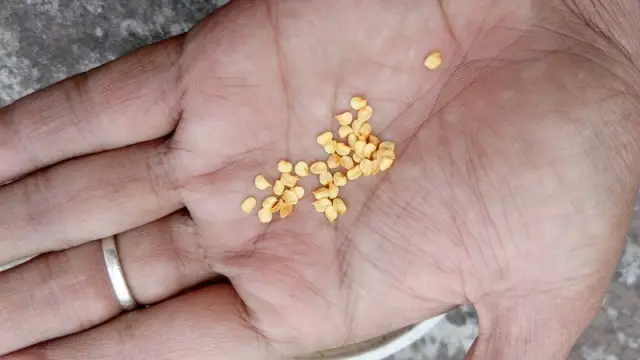
Overall, A pepper seed will take a minimum of 100 days to germinate, grow and bloom.
Can I use Regular Garden Soil for Pepper Plants in Container?
Indeed, you can use regular garden soil for pepper plants in containers. Pepper plants will grow comfortably in regular garden soil especially if it is well-nourished and good with drainage.
Although it is better to amend regular garden soil with compost, sand, cocopeat, and fungicides to grow pepper plants. It is essential to provide proper nutrition to container-based pepper plants.
There are 2 specific problems that you can face with soil in containers.
First, the soil in containers can quickly become soggy or dry in respective situations. Second, it can lose a majority of soluble nutrition with flowing water.
Therefore, you have to make sure the soil in the container must have good water retention with proper drainage. It must have enough organic matter to nourish the roots for a long time.
You must use an all-purpose vegetable potting soil mix especially if you are new to container gardening. It contains everything that your pepper plant may need.
Although I like to prepare my potting soil for pepper plants. Most importantly it worked for my plants for more than a decade.
DIY All-purpose potting Soil for pepper Plants
Use 1 Part regular garden soil and mix it with an equal amount of compost. Now add 1/4 part cocopeat and an equal amount of clean sand in this soil mix.
Finally, add 2 teaspoons of fine wood ask for each 10-inch container in the soil mix. Amend this soil with 5-gram NPK 20:20:20 or urea, 10-gram DAP, 5 gram Supper Phosphate, 5-gram potash, and 5-gram fungicide for each container.
Properly mix everything and moisten it thoroughly. Just moisten don’t make it soggy. Again turn and mix everything well and place it in shade with cover for 3 to 5 days.
This mixture will dry out properly in 5 to 6 days. Break this dry dough-like soil structure, mix it and fill the containers. Your all-purpose commercial soil mix is ready for pepper plants. Plant the seedlings and water well.
This soil mix is more effective than most of the commercial packaged potting mix.
Only take precautions while using chemical fertilizers. Don’t touch these with bare hands, keep them away from children and avoid direct contact with bright sunlight. Don’t leave the raw mixture in full sun as it may degrade the nutritional value. Prepare the soil mix under shade and move it out after 5 or 6 days of curing.
30% garden soil, 30% compost. 20% sand and 20% cocopeat mixture are best to grow pepper plants in containers.
Water Requirement for Pepper Plants in container
1- inch water per week is sufficient for pepper plants. Though this requirement may increase to double in containers. First of all the amount of soil is limited in any container. This also limits the water retention capacity. Less soil on hot summer days directly means more water is needed for the plant. The rapid blooming rate of pepper plants also adheres to this water load.
So in an ideal situation, you have to water your pepper plant once every alternate day. This frequency can even reduce to twice per day during the peak summer season. Therefore, amend the potting mix with extra cocopeat and compost to retain more water. Also, add 2 to 3 inches of organic light mulch to prevent excessive water loss with evaporation. What is the Best Mulch for Raised Bed Gardens?
Always water your pepper plants early in the morning. This will ensure proper hydration of the roots during daytime and good drainage throughout. It is easy to maintain a habit that can save your pepper plants from a lot of gardening problems like pests and diseases.
Lighting and Temperature for Pepper plant in a container
A pepper plant needs 6 to 8 hours of direct sunlight. This much lighting is essential for bud formation in pepper plants. You may have heard or read that minimum of 4 hours of sunlight is sufficient for pepper plants. It is true yet the result will not satisfy your expectation. Low sunlight directly means lesser fruits. This situation is common with pepper plants grown indoors in grow lights.
Bright direct sunlight for 6 hours or more. Along with an average Temperature of 70-80degree Fahrenheit is essential to Grow pepper plants in containers.
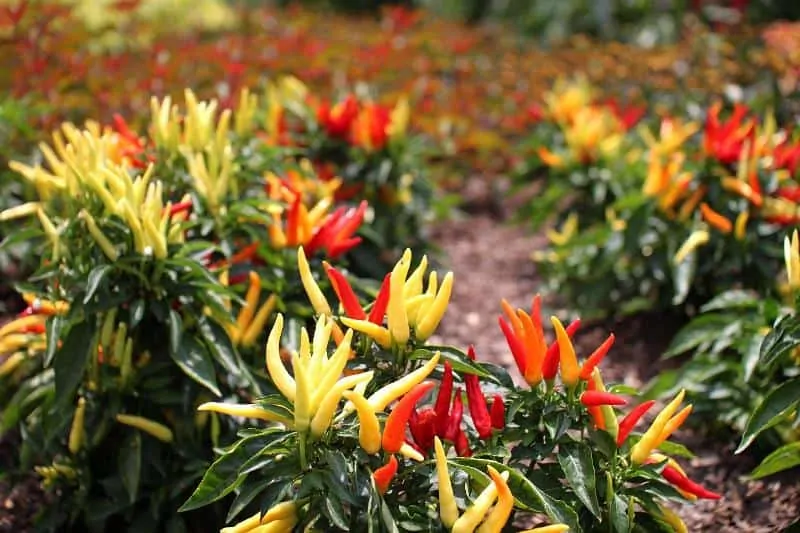
:- Can you eat Ornamental Peppers?-Myth Buster
How to Grow Pepper Plants in Containers?
- Start with a healthy seedling to save 4 to 6 weeks. If you want to grow your seedlings then germinate pepper seeds indoors at least 6 weeks before the last frost. Your pepper seedlings will be ready to transplant early in the spring season.
- Shift the baby pepper seedlings in separate 3 to 4-inch containers once they reach 3-inch height. Transplant peppers seedling only if they have 4 or 6 true leaf sets. If not then wait for a couple more weeks.
- Transplant the pepper seedling into a 6-inch container after 25 days. This will ensure better and stronger root growth. It will also help you to sort the best seedling in the entire batch.
- Meanwhile, keep the soil moist and feed these seedlings with water-soluble Urea or NPK 10:10:10 once in 15 days. You can also use humic powder with mustard cake solution to feed pepper seedlings.
- Finally, shift these seedlings to their desired growing locations after another 25 days. Your pepper seedling may have started blooming by this time. So take them out of their container and transplant them into their new home.
- Use the best quality potting mix or the one we already made at least for the final transplant. This soil will support the plant growth and keep it well-nourished fr the rest of its lifecycle.
- From now on, Add 1-inch compost to the topsoil in each container every month. Also, feed the pepper plants with NPK 10:20:20 or 5-gram DAP and 2-gram potash per plant in each container. Don’t worry it’s not that much difficult, just use a few granules and you can get a ton of pepper from each of these plants in containers.
- Always keep the soil moist especially during the flowering season. A dry spell for a couple of days can cause flower loss and thus reducing overall pepper yield. Never overwater or keep the soil moist at night. This can cause many problems.
- Spray the pepper plants with Epsom salt and seaweed extract twice every week. This will boost fruit production and keep the foliage bright green.
- Keep an eye on pest growth especially during cloudy days. Treat them regularly with neem oil and soap spray. For more help read Common Pests and Diseases in Chilli Pepper Plants.
Do peppers grow better in pots or ground?
Just like any other vegetable, Pepper plants also prefer the open garden areas to grow and thrive. More soil in the ground is always better for these plants. Pepper plants in-ground can grow and expand more with any limitation.
They don’t need to worry about space or moisture unless you forget about them. Although this doesn’t mean that container gardening is not good for pepper plants. The best pepper yield always comes from controlled container-grown pepper plants. The popularity of container gardening is increasing day by day with a subsequent decrease in open garden areas.
This situation will eventually increase the majority dependence on Pepper plants in containers. Even now you can get a similar yield from a pepper plant in containers or even more if grown properly.
All you need to do is follow this grow guide carefully. Always Keep your experience in gardening above any grows guide, no one is an expert on every situation. It’s just a matter of time and experience and you will succeed.
Good Day, keep reading and keep gardening.

